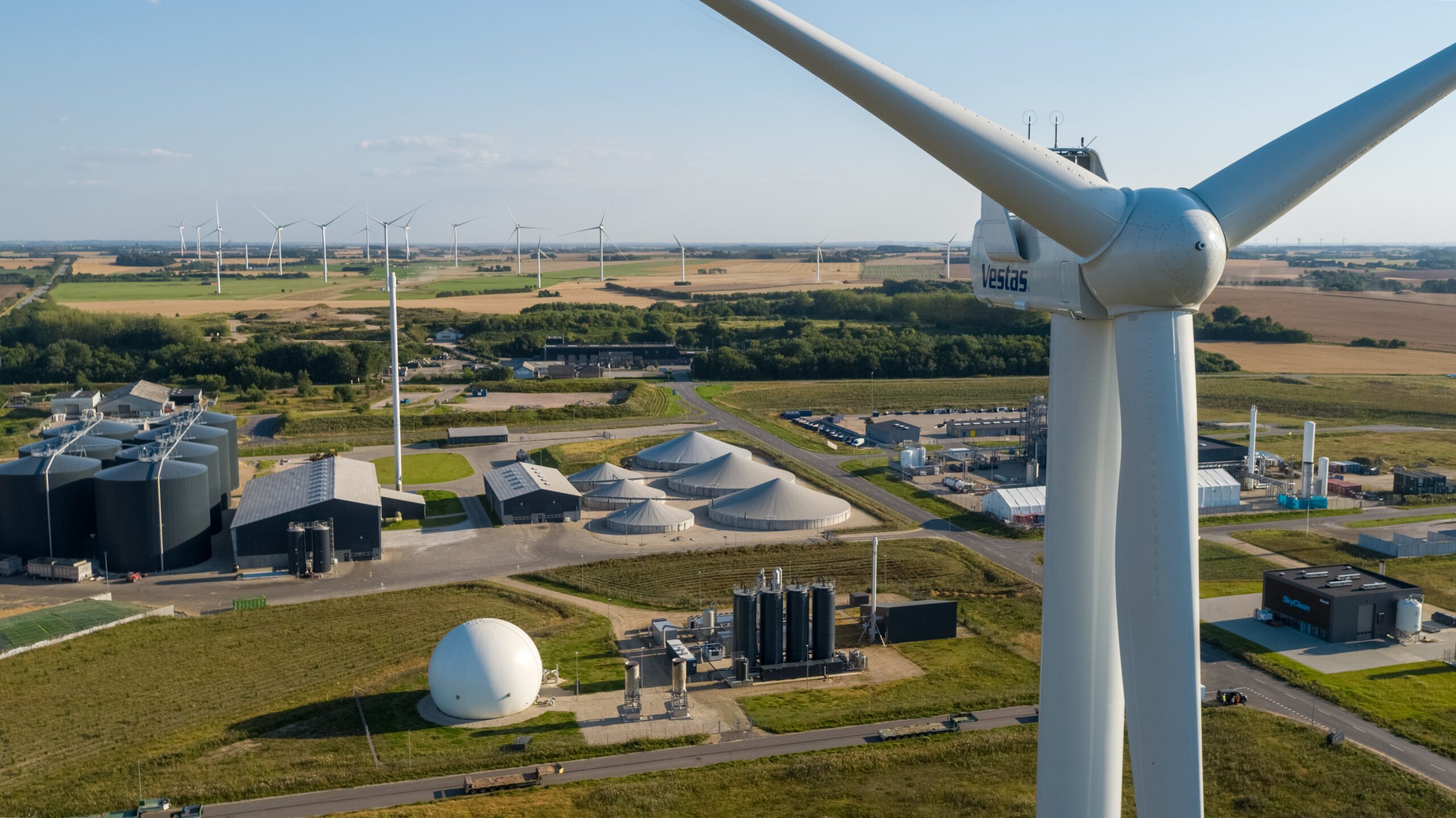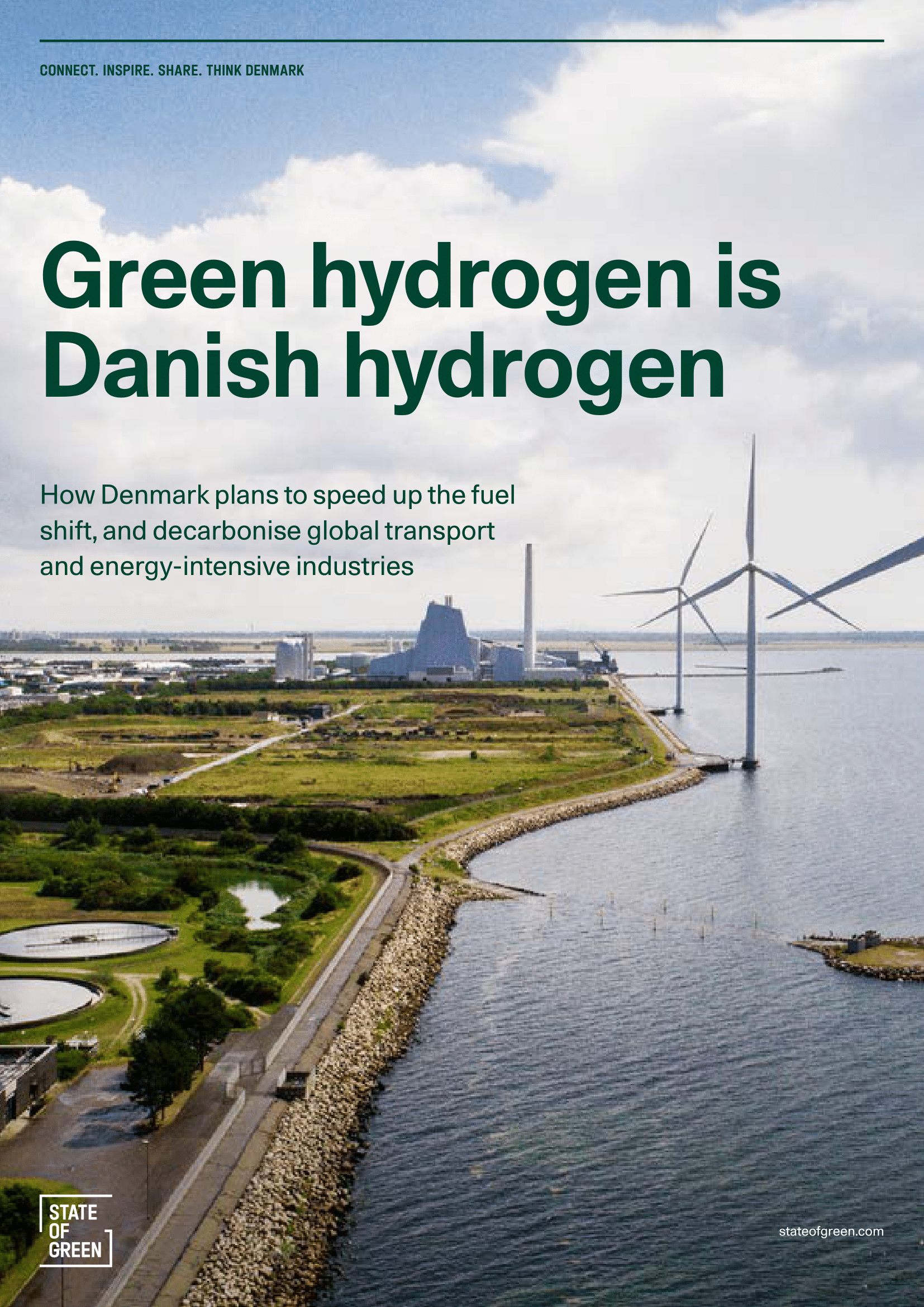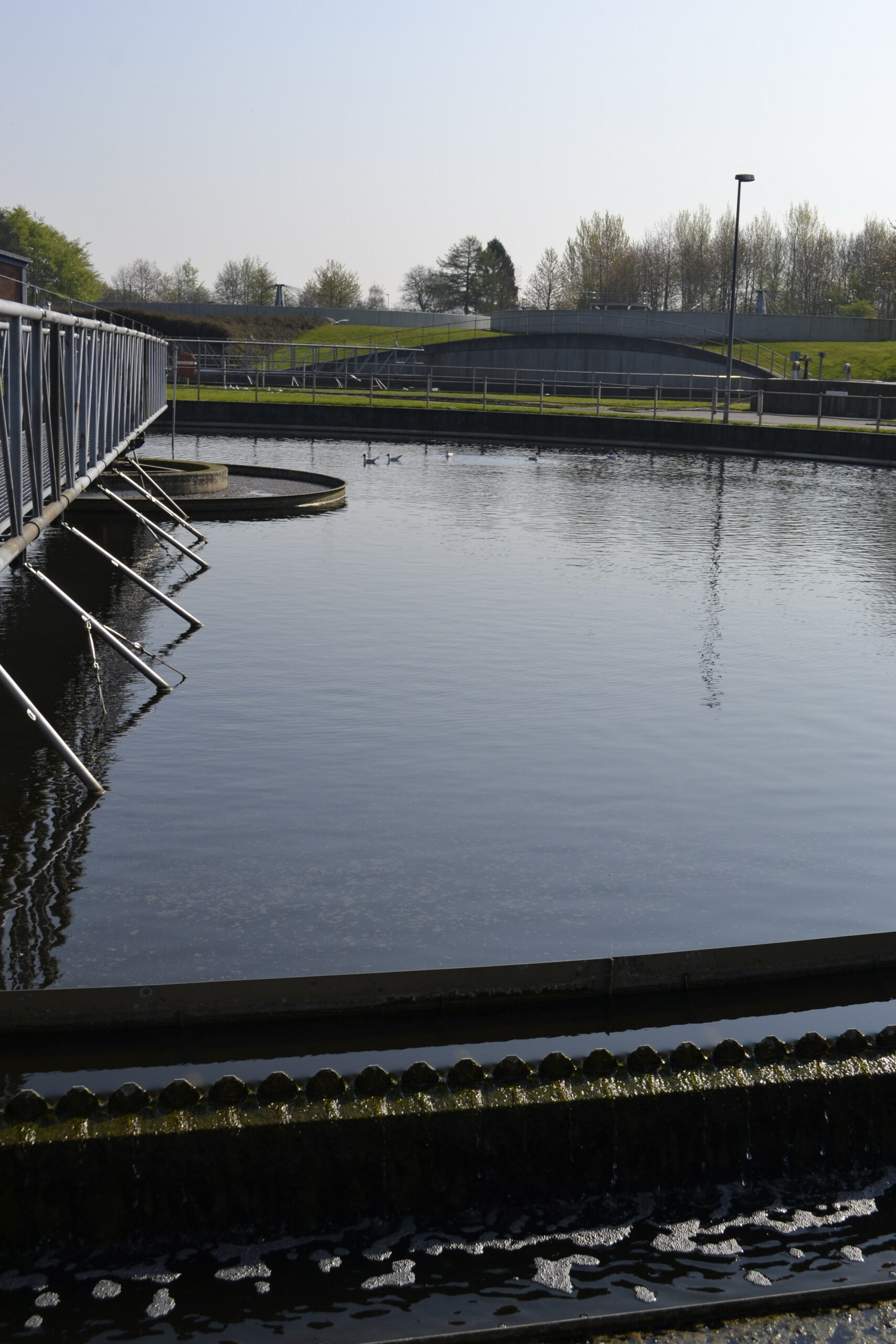Integrating hydrogen into the energy system
Hydrogen and hydrogen derivatives can work alongside electricity, heating, and gas systems in an integrated energy system. Large, flexible electrolyser facilities are excellent partners for large-scale renewable electricity production, as they can balance their consumption depending on the availability of renewable electricity in the grid.
Provided that electrolysis plants are placed close to renewable energy production sites like wind farms, they could potentially reduce or postpone the need for building new power lines and support integration of more renewable electricity in the system, bolstering security of supply.
Utilising excess heat
The excess heat generated from hydrogen production holds great potential for cheap, green district heating in the future. It can be used in local district heating systems, or as process heat in the value chain and in industrial applications. Its value depends on its temperature, its fluctuating availability, and the distance between the hydrogen facility and the district heating net. If the temperature is sufficiently high, the heat can be used directly. Otherwise, a heat pump is required to raise the temperature.
The close location of electrolyser facilities to district heating grid or industries is a prerequisite for utilising hydrogen plant waste heat. This introduces a trade-off between the location of large sources of renewable energy and areas with a large district heating system. In many cases, these locations overlap, as in Esbjerg, Denmark’s fifth-largest city on the west coast of Jutland. Here, access to wind power
from the North Sea coincides with a large district heating system, allowing utilisation of green excess heat for Esbjerg and Varde citizens.
A new water ecosystem
Electrolysis requires large amounts of high-purity water. To ensure sufficient quality, the water source needs dedicated purification systems, even if the source is drinking water. This means that sources other than drinking water can be utilised, and many hydrogen developers are investigating the use of alternatives including wastewater and other types of water not suited for direct consumption. This means that electrolysers can contribute to a new water ecosystem, where they can offtake low-quality water from other sectors, including wastewater from private households.


















